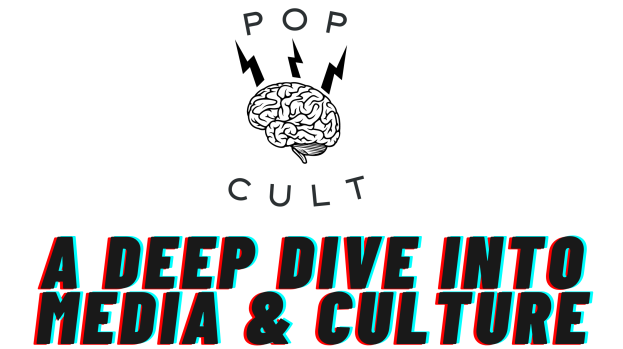
Spirited Away (2001)
Written & Directed by Hayao Miyazaki
Spirited Away became the Studio Ghibli film that opened the floodgates into the American theatrical market. It was just home video sales of movies like My Neighbor Totoro and Kiki’s Delivery Service had doing well until this picture. However, seeing a Miyazaki movie in a theater was a more challenging experience to find. If you lived in a major urban area, your art-house theater might show them, but it was difficult outside of those venues. That isn’t to say Miyazaki films became marquee pictures in the States. However, from my own experience, it was from this point forward that I knew I could go to my local Regal cineplex; when these animated films reached our shores, they would have them playing on at least one screen.
Spirited Away is another coming of age story about a female protagonist, this time it is 10-year old Chihiro. She’s moving to a new home at the start of the movie, and her parents take a wrong turn that leads them through the forest. It dead-ends at a tunnel which they investigate, and that opens onto what appears to be an abandoned amusement park. A powerful force overcomes Chihiro’s parents, and they begin consuming piles of food suspiciously sitting around, eventually transforming into pigs. As the sun sets, Chihiro realizes this is actually a vacation spot for the land’s spirits, centered around a luxury bathhouse.
Chihiro is aided by Haku, a boy about her age who gives her advice on getting a job with the bathhouse owner Lady Yubaba, a wicked witch. Chihiro must give up her name, becoming Sen, and Haku promises they will figure out a way to help restore her parents and get them back to the land of the living. In the meantime, Sen goes about working in the bathhouse, dealing with arrogant coworkers and bizarre clientele. All along the way, Sen begins to come into her own, overcoming the fears that used to keep her frozen in place.
Spirited Away continues Miyazaki’s habit of revisiting themes from previous works and developing them further. In My Neighbor Totoro and Princess Mononoke, the director incorporated Shintoism elements as critical to the story. In Spirited Away, Shinto spirits are the crux of the entire story. In those previous films, they were about human characters and spirits meeting each other in a sort of middle space while here, Chihiro crosses the threshold and is entirely in the spiritual world. Chihiro’s crossing of the threshold serves a literal interpretation of coming of age. She steps out of her dependent childlike nature, clinging to her parents when she is afraid and by the end of the film, has held down a job and is standing up for herself with real confidence.
There is an incredibly intriguing supporting character present through the movie named No-Face. It’s never explicitly stated where in the hierarchy of spirits No-Face dwells, but he seems to be an unknown element to the bathhouse staff. Unlike other spirits whom they can immediately name the type, they simply think No-Face is a wealthy patron. He ends up serving as a warning to Chihiro about the process of coming into oneself.
No-Face is a void, merely taking on the traits of those he consumes, as seen when he swallows a bathhouse employee and begins speaking in their voice. He is desperate to make Chihiro like him and magically produces gold piles that fail to please her. He sees that buying more from the bathhouse makes the employees happy and becomes bloated on food and attention. Only in the end, when the kindly witch Zeniba offers her home to No-Face, do we get a sense that the spirit will be okay.
The detail in Spirited Away breathtaking and serves a purpose. While the exterior of the bathhouse is Japanese in design, the interiors of Yubaba’s living quarters are explicitly European, and she is designed to resemble John Tenniel’s illustrations of the Duchess in Alice’s Adventures in Wonderland. Miyazaki seems to be making a connection between gluttonous consumerism and Western society’s influence on modern Japan. Yubaba’s twin sister, Zeniba, who is identical, lives in a forest and closer to the type of witch we saw in Kiki’s Delivery Service. There is a connection made between consuming the spirit world’s food and becoming trapped there, an obstacle Chihiro must be deft in navigating. The fact that the spirit world is so centered around the consumption of goods and services may be Miyazaki noticing how permeating Western influence has been on Japanese culture, even infecting their spirituality.
You will be stunned with how gorgeous this movie looks on your first viewing. This is a feat of animation that should make the American studios envious. Miyazaki doesn’t shy away from using computer animation; he is just incredibly strategic about its placement. The result is a slight but welcome change in style, a richer depth of movement in the animation, and a beautiful continuation of the themes Miyazaki is so interested in and talented in exploring.

2 thoughts on “Movie Review – Spirited Away”